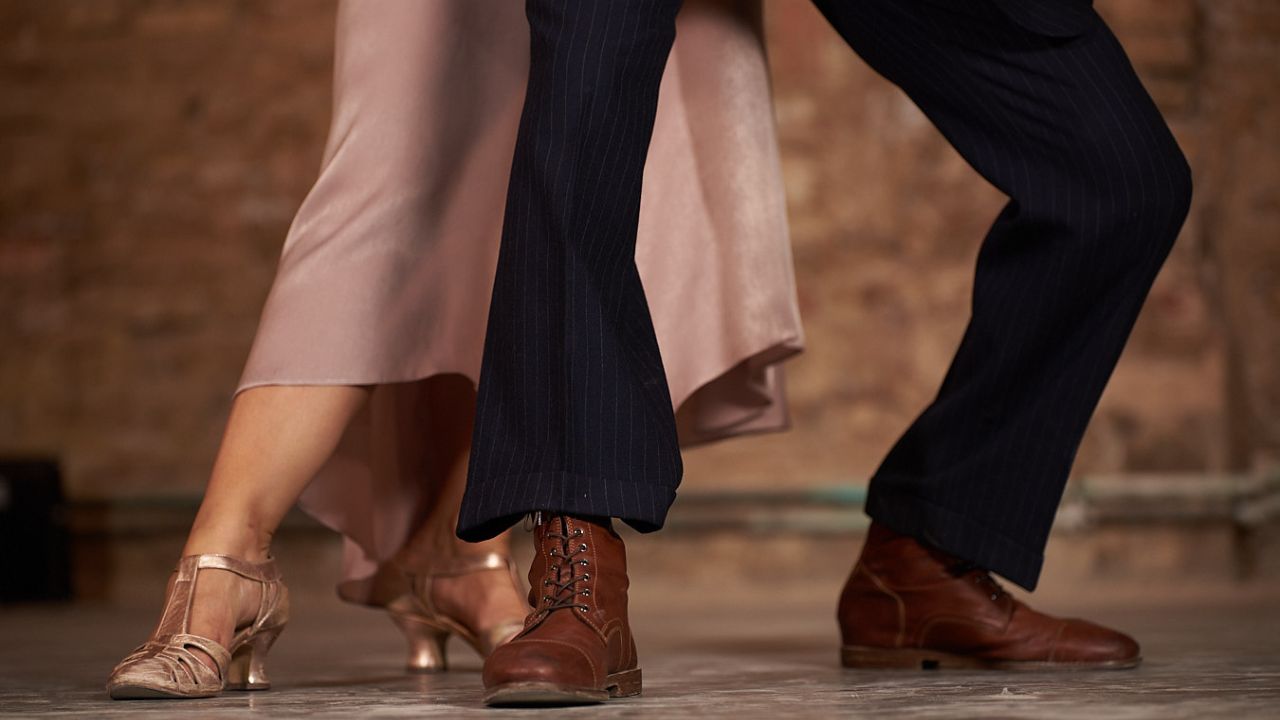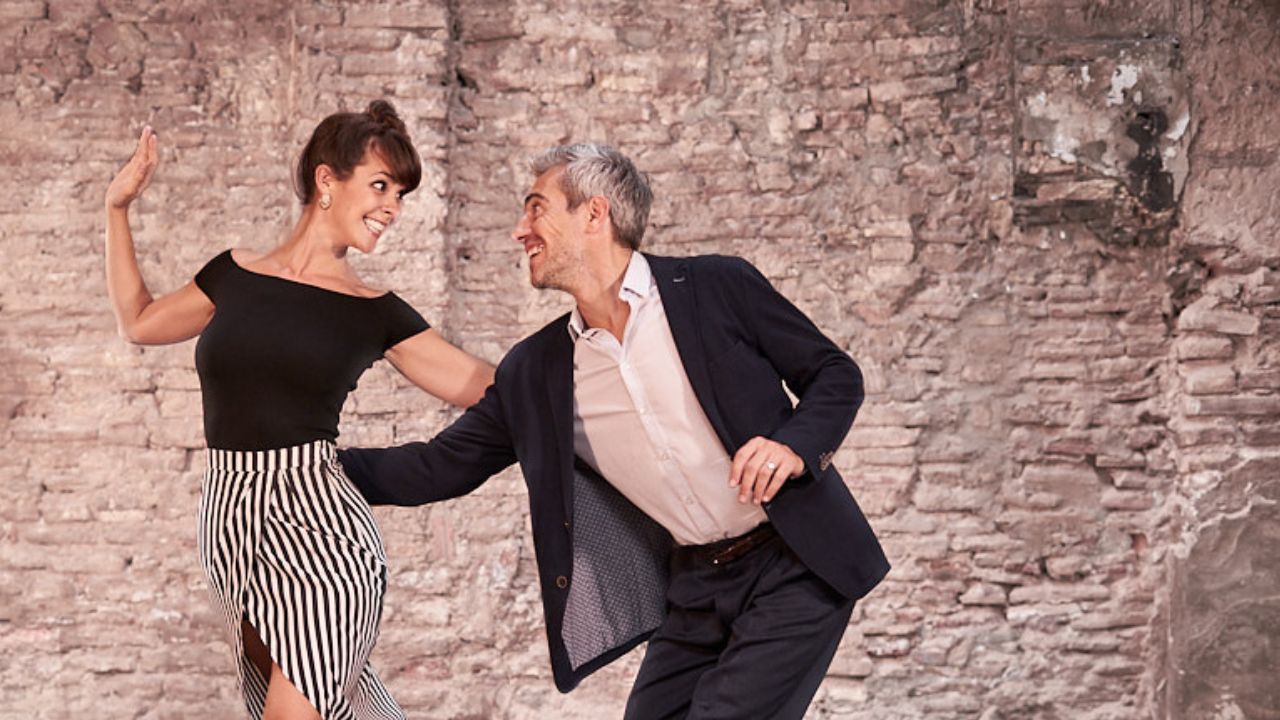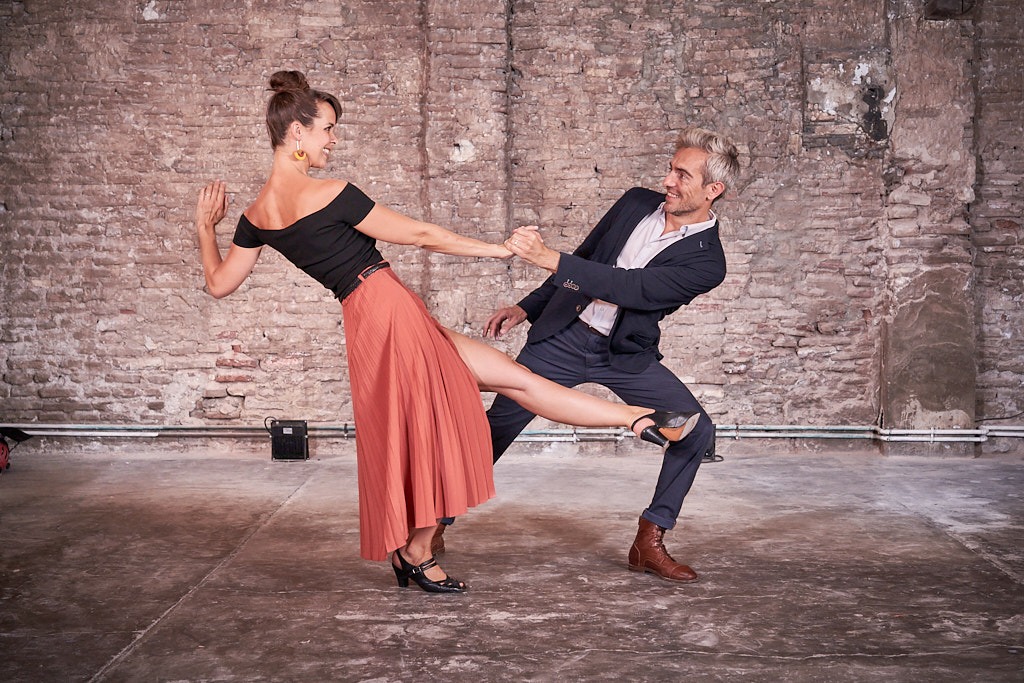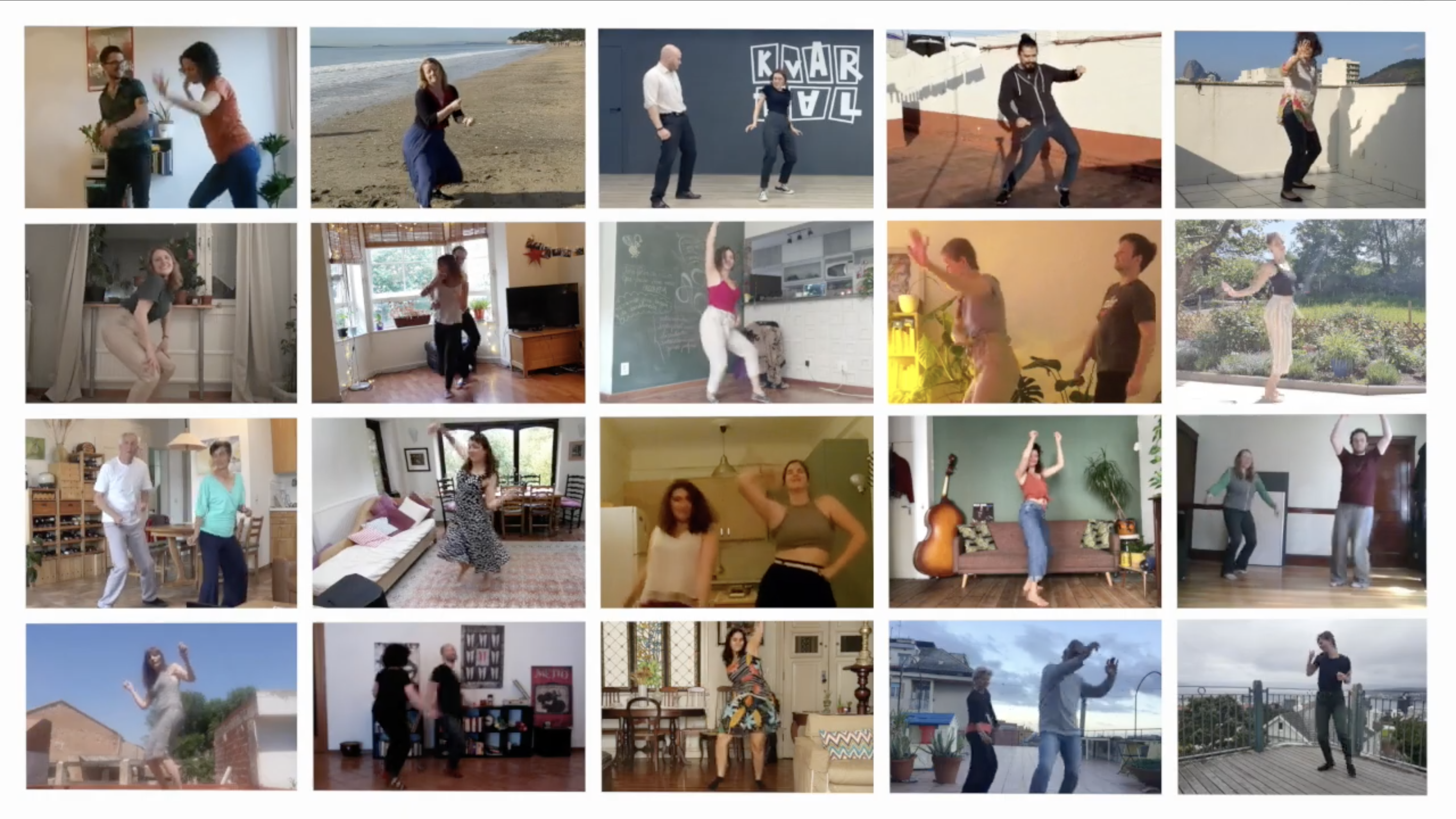At our online school, we’re always looking for ways to help dancers deepen their connection to movement. For those ready to push their understanding beyond replication, we’re excited to spotlight a unique section in our bonus material: Challenges. This series is designed for experienced dancers eager to take their learning to the next level. Unlike our typical breakdowns of technique and form, in our Challenges we don’t explain the moves at all. Instead, we guide you through the process of analysing movement from the ground up, fostering a deeper connection to your movement.
What are Challenges?
In each challenge, we present sequences demonstrated from four different angles. It’s then up to you to break down the movement using these six key stages:
1. Position
Take a moment to assess your position relative to your partner. Where do you start and end? How do your positions shift throughout the sequence? By understanding this fundamental structure, you’ll begin to see the architecture of the movement.
2. Weight
Pay attention to your own weight as well as your partner’s. Notice where it is distributed at the beginning and end of the movement, and how it transitions as you step. Understanding yours and your partner’s weight distribution is the hidden force behind clear communication.
3. Connection Points
Ask yourself: Where do you and your partner connect physically, and how does that change through the move? Each connection has a purpose and you need to understand what you connection, when, where and why. Understanding these points will clarify not only how the move works but also why it works.
4. Direction
Are you moving or staying in place? Are you traveling in a straight line, rotating, or moving sideways? Recognising direction not only helps with orientation but also helps you to understand how the energy is moving within the movements and helps improve transitions.
5. Timing
Timing is everything. Consider how the sequence flows in relation to your partner. When do you change connection? When do you prepare for the next move? When do you reconnect after a turn? Understanding timing helps create seamless transitions and allows for greater improvisation.
6. Relevant Technique
Finally, distinguish between technique that’s essential for executing the move safely and correctly, and personal styling that you can modify. This is where you can begin to make the move your own.
By exploring each of these elements, you’ll begin to dissect the mechanics of movement and understand what truly makes it work. Once you understand why and how the movement works you can start creating your own movements in the moment.


The Thinking Dancer
Becoming a thinking dancer requires more than just learning the “how” of a move. It’s about uncovering the “why” behind it. In this, I’m reminded of my Dance and Choreography university professor, Dr Cathy Seago. She would always respond to questions with more questions. At the time, I found it incredibly frustrating—I wanted clear answers! But after months of feeling perplexed, something clicked. I realised she was teaching us to figure it out for ourselves.
She wasn’t interested in us doing a move just because we were told to. She wanted us to understand our bodies, the energy of the movement, and to be able to make informed decisions about how we danced. She was turning us into thinking dancers. Now, that’s exactly what we aim to do with Challenges. We don’t just show you the moves; we provide you with the tools to think critically about movement, to understand the mechanics, and ultimately to make each move your own.
So, as you tackle each Challenge, don’t rush through it. Take your time to analyse, explore, and most importantly, ask yourself why. With each question you pose, you’re not only becoming a better dancer but also developing the invaluable skill of self-discovery.
In the end, it’s not just about mastering a move. It’s about owning it, understanding it, and shaping it into something that’s uniquely yours.




